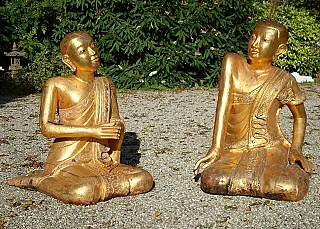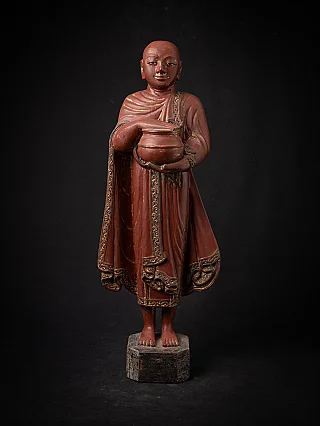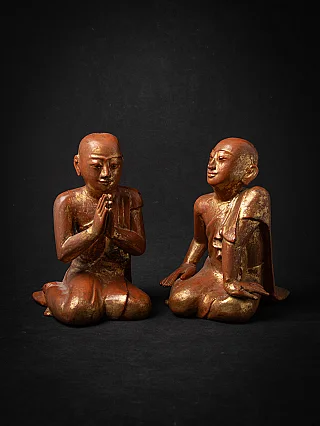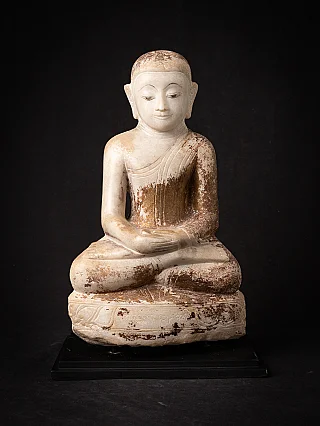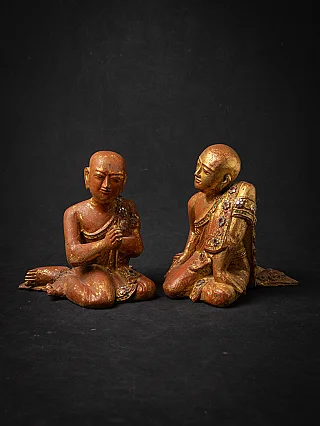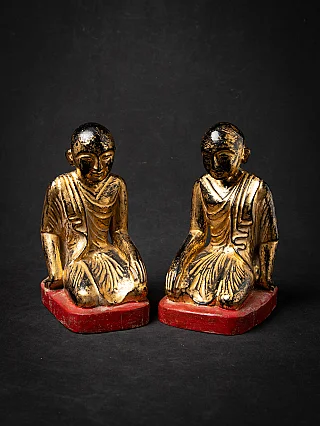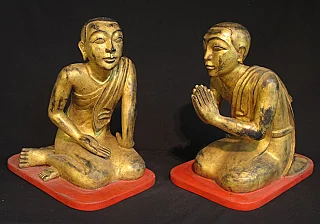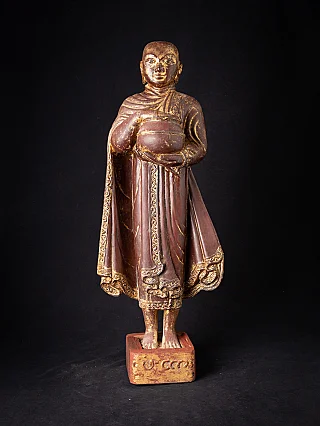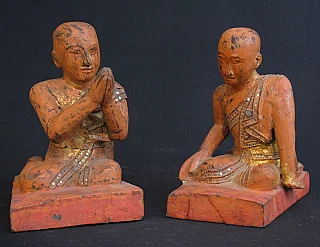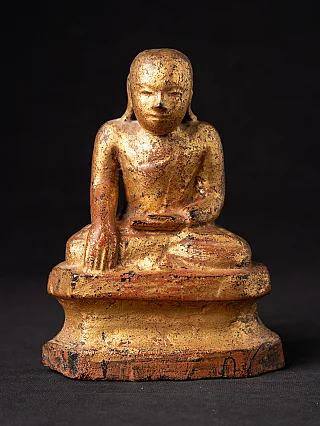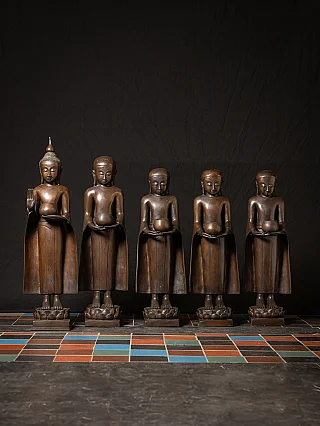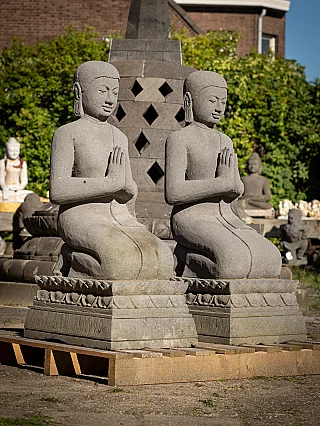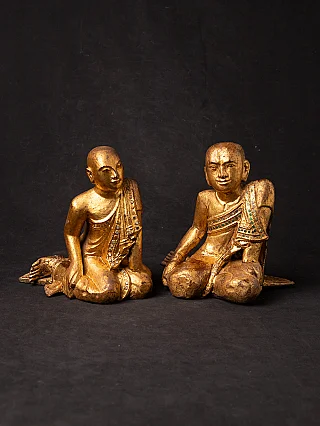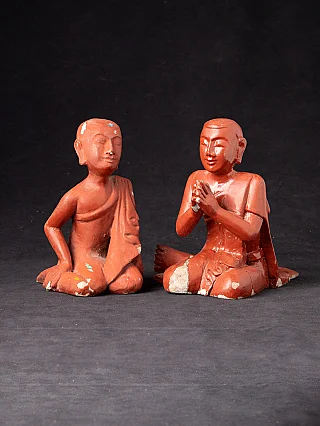Monastic Life in Buddhism: A Portal to Spiritual Dedication
Author : Peter Vredeveld

Within Buddhism, monastic life is a gateway to unwavering spiritual devotion and profound introspection. It is rooted in Siddhartha Gautama's teachings and is a cornerstone of Buddhist culture, woven with simplicity, renunciation, and inner transformation.
Origins and Evolution

The origins of Buddhist monasticism, as witnessed by serene Buddha statues, can be traced back to the formative days of the Buddha's teachings, when his dedicated disciples sought to fully embody and live by the profound insights imparted by their revered teacher. As Buddhism spread across diverse cultures and landscapes, the monastic tradition evolved organically, adapting and branching into different orders and traditions. This evolution showcased the practice's dynamic nature and facilitated its harmonious integration with a plethora of cultural expressions.
The Monastic Path

At the heart of monastic life resides a path characterized by simplicity and mindfulness. Monks and nuns willingly embark on a journey of renunciation, divesting themselves of material possessions and worldly pursuits. This act of renunciation serves as a poignant reminder of the transitory nature of the material world and lays the foundation for a profound sense of non-attachment. Guided by the Three Refuges—Buddha (the awakened one), Dharma (the teachings), and Sangha (the community)—monastics traverse a route marked by ethical conduct, meditation, and the pursuit of wisdom.
Daily Practices and Rituals

The daily tapestry of monastic existence is intricately woven with various practices and rituals that nourish the spiritual journey. Meditation, an introspection anchor facilitated by the serene Buddha statues, enables a deep exploration of the mind's landscape. Complementing this practice is diligently studying sacred texts, fostering intellectual engagement and a profound understanding of the Dharma. Engaging in communal activities and participating in almsgiving—where monastics depend on the generosity of lay supporters—constitutes a tangible manifestation of the interconnectedness that underpins the monastic and lay communities.
Retreats
Within the symphony of monastic life, retreats, often referred to as "vassas," emerge as significant crescendos. These retreats, characterized by solitude and contemplation, offer monastics a sacred space to delve deeply into their practice. Amid the tranquil backdrop of isolation, monastics engage in intensive meditation, intensifying their mindfulness and acquiring a heightened understanding of the nature of existence. Vassas nurture personal growth and foster a stronger sense of unity within the monastic community.
View our collection of statues
Art and Outreach
Monastic environments have been fertile ground for the cultivation of artistic expression, yielding myriad art forms that mirror the convergence of devotion and creativity. Exquisite thangka paintings, intricately sculpted Buddha statues, and ethereal chants emanating their serene wisdom are profound expressions of spiritual devotion and aesthetic excellence. Beyond their artistic contributions, monastics extend their reach through outreach, engaging in education, community service, and benevolent endeavors that radiate the compassionate ideals central to Buddhism.
Challenges and Revitalization
The contours of modernity have ushered in an array of challenges for the tradition of monasticism. Rapid shifts in societal dynamics, urbanization, and the ever-advancing tide of technology have necessitated a recalibration of traditional practices. Faced with these challenges, Buddhist communities, inspired by the resilience of the Buddha statues, have demonstrated resilience and ingenuity, embracing innovative approaches to sustain and invigorate monastic traditions. Adapting ancient practices to contemporary contexts, harnessing digital tools for learning and outreach, and fostering interfaith dialogue exemplify the dynamic nature of monastic culture and its ability to thrive amidst change.
Share this page

















